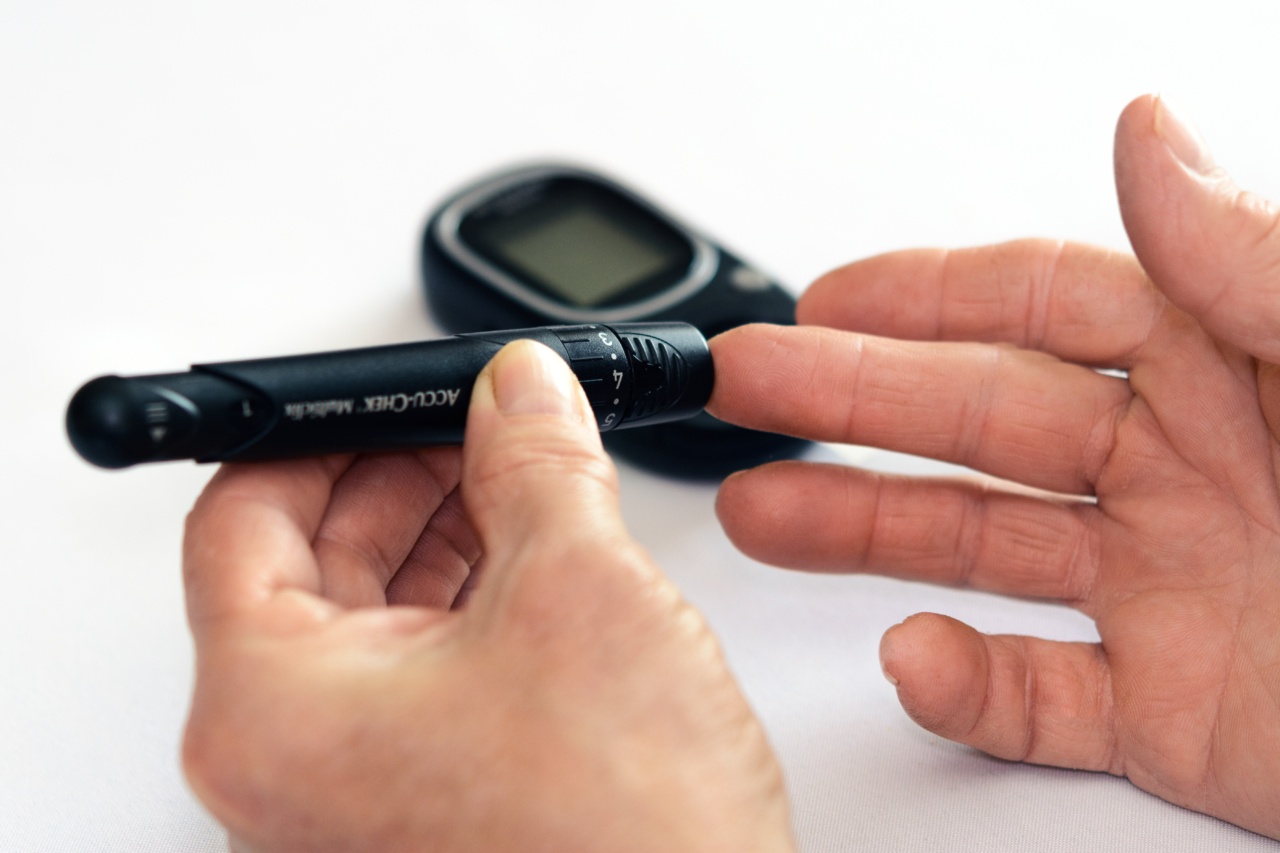Diabetes mellitus is a chronic metabolic disease that affects millions of people worldwide. The disease is characterized by high blood glucose levels due to insulin resistance or inadequate insulin secretion.
Insulin is a hormone produced by the pancreas that regulates the glucose levels in the blood. People with diabetes mellitus need to manage their blood glucose levels to reduce the risk of developing complications such as heart disease, blindness, and kidney failure.
One of the most promising technologies developed to help people with diabetes is the artificial pancreas. In this article, we will discuss the advancements in artificial pancreas technology for diabetes mellitus.
What is an Artificial Pancreas?
An artificial pancreas is a device that mimics the function of a healthy pancreas by automatically delivering the right amount of insulin to the body.
The traditional method of managing blood glucose levels for people with diabetes is through self-monitoring of blood glucose levels and insulin injections. However, this method can be challenging and can lead to inconsistent results.
The artificial pancreas device consists of a continuous glucose monitor (CGM), an insulin pump, and a control algorithm that determines the appropriate amount of insulin to deliver based on the glucose levels measured by the CGM.
The device is designed to adjust the insulin delivery automatically, reducing the need for the patient to manually adjust their insulin doses.
Advancements in Artificial Pancreas Technology
Improved CGM accuracy
The CGM is a vital component of the artificial pancreas because it continuously measures the glucose levels in the blood. The accuracy of the CGM is critical in determining the appropriate amount of insulin delivery.
Recent advancements in CGM technology have made the devices more accurate and reliable. The newer models of CGMs use advanced algorithms that filter out sensor errors, reducing the number of false alarms and improving glucose level accuracy.
Control algorithms
The control algorithm in the artificial pancreas device is responsible for determining the appropriate insulin dose based on the glucose levels measured by the CGM.
Recent advancements in control algorithm technology have made the devices more precise and efficient. The algorithms use complex mathematical calculations to predict future glucose levels and adjust insulin delivery accordingly. The newer algorithms have been shown to reduce hyperglycemia, hypoglycemia, and the variability of glucose levels.
Combined insulin and glucagon delivery
Glucagon is a hormone produced by the pancreas that raises blood glucose levels. In people with diabetes, insufficient glucagon secretion can contribute to hypoglycemia.
Recent studies have shown that combining insulin and glucagon delivery in an artificial pancreas device can improve glucose level control. The combined insulin and glucagon delivery devices use a dual-hormone control algorithm, which alternates between insulin and glucagon delivery based on glucose levels.
Closed-loop systems
A closed-loop artificial pancreas system is a fully automated device that requires minimal input from the patient. The system continuously measures glucose levels and adjusts insulin delivery without the need for manual intervention.
The closed-loop systems represent the most significant advancement in artificial pancreas technology. The system has been shown to reduce the incidence of hypoglycemia and improve glucose level control.
Challenges of Artificial Pancreas Technology
Despite the advancements in artificial pancreas technology, there are still challenges that need to be addressed. Some of the challenges include:.
User acceptability
The success of the artificial pancreas technology depends on user acceptability. The technology needs to be easy to use and reliable. The devices need to be comfortable to wear and should not interfere with the patient’s daily activities.
Clinical trials
Artificial pancreas technology is still in the clinical trial phase. More extensive and long-term studies are needed to evaluate the safety and efficacy of the devices.
The devices need to be tested in different patient populations, including children and pregnant women, to determine their overall benefit.
Cost
The cost of artificial pancreas technology is still a significant barrier for widespread use. The devices are expensive, and the cost may be prohibitive for many patients.
Insurance coverage for the devices is inconsistent, and there needs to be more advocacy for coverage of these devices.
Conclusion
The advancements in artificial pancreas technology for diabetes mellitus are promising. The devices have the potential to improve glucose level control, reduce the risk of complications, and enhance the quality of life for people with diabetes.
However, there are still challenges that need to be addressed before the technology can be widely adopted. User acceptability, clinical trials, and cost are all significant barriers that need to be overcome. With continued research and development, artificial pancreas technology can revolutionize the management of diabetes mellitus.






























